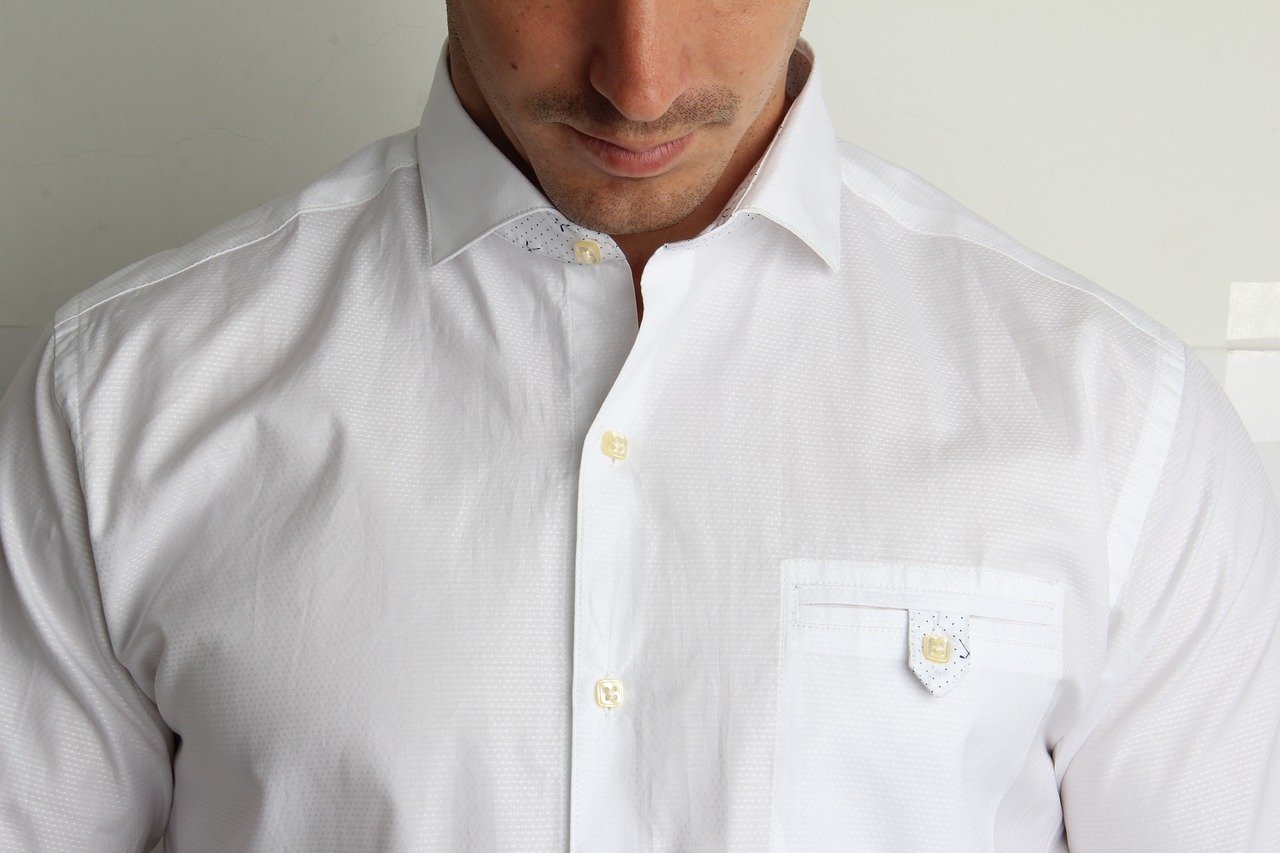Photo Credit (pixels)
1. Mastroianni Marcello
Marcello Mastroianni was unavoidably cool and could never escape the label of “Latin lover,” no matter how many times he portrayed the antihero. Although Mastroianni, the man, not the role, wears that slim black suit to the extreme and makes you forget the surgeon general’s warning every time he takes a narrow-eyed drag on his cigarette, Marcello in La Dolce Vita is needy, indecisive, and sexually confused. Off-screen, Mastroianni had a traditional and refined sense of style. His Roman tailor, Vittorio Zenobi, made him a dozen outfits a year, all in English materials, and his first port of call in Paris was the venerable English bootery, John Lobb. “I will begin to go around dressed like a tramp the day when everyone is very, very elegant,” Mastroianni said in a 1964 interview with GQ. Never happened; he lived for thirty-two more years.
2. Steve McQueen
Steve McQueen was invited to a fund-raiser for actor James Stacy in 1974 by Frank Sinatra, Liza Minnelli, and Sammy Davis Jr. Stacy had lost both arms and a leg in a motorcycle accident. The biggest personalities in show business, including Burt Reynolds, John Lennon, and Clint Eastwood, were present at the black-tie event. Wearing a long beard, blue trousers, boots, and a plaid Benetton lumberjack shirt, McQueen looked dapper. It embodied classic McQueen. Thanks to the cars, the girls, and the tough-guy demeanor, the star of Bullitt and The Great Escape became a legend. The best way to characterize McQueen, though, is as a “surf bum–hippie,” according to author James Wolcott. When McQueen had a beached-life appearance, he was at his most attractive. His china blue eyes, hard, almost aged features, and dusty blond hair were all wonderfully matched by his tough, dressed-down look, which included dungarees, V-neck T-shirts, and crumpled oord shirts.
3. Bailey, David
When British photographer David Bailey, then 24 years old, went on his first overseas assignment in 1962, it was a New York picture session with model Jean Shrimpton, who was also Bailey’s girlfriend at the time. “Remember, you will be representing Vogue, so do not wear your black leather jacket in the St. Regis Hotel,” were the instructions he was given. Well done on the attempt. “When we arrived at the airport, we were both dressed completely in leather,” Shrimpton recalls. Not unexpected, given that these were the seismic events that triggered the London fashion and music revolution of the swinging era. In fact, Antonioni took inspiration from Bailey for the main fashion photographer role in his iconic Blowup period piece. Bailey’s blend of ballsy and daring style—fur-lined coats, form-fitting pants, and exquisitely fitted suits—let her into the world of high fashion. Even though Bailey’s images went on to become iconic, the man with the camera was usually the most captivating element in the scene.
4. George Finest
Best existed prior to Becks. When the dark-haired Belfast child wonder made his Manchester United debut in 1963, he quickly rose to prominence as a soccer star, a celebrity, and a sex icon, taking over English football. His fashion sense both defined and mirrored the era, whether it was through his Chelsea boots, sleek suits, or haircut a la Beatles. From the clean lines of mod to the rococo collars and peak lapels of ’70s London, he always kept up to date. The Kinks song “Dedicated Follower of Fashion,” which was recorded in 1966, was inspired by Bestie, and as his reputation increased, parties and discotheques began to take precedence over the pitch in his life. Best famously remarked, “I spent a lot of money on fast cars, birds, and alcohol.” “I just wasted the rest.”
5. Bob Dylan
Dylan, the beatnik-style denim shirt, blue pants, and corduroy driving hat—do you remember him? Or how about the powder-faced imp with a floppy pimp lid who headlines The Last Waltz? Bob Dylan has always kept up with the latest trends over the years. Don’t Look Back, a 1967 documentary directed by D. A. Pennebaker, describes him as a “rotating type.” “Trying to hold him down never works.” Another person who claimed to have owned black leather jackets since he was five years old was Biker Bob (see Highway 61 Revisited). Those jet-black shades were his second favorite accessory, which he described as something you “buy off the rack, if they fit, and you put them on.” The key idea is that Dylan’s constantly evolving style was one of exploration. There was a sense of anticipation. His purpose for being there was to investigate. And that’s connected to his wardrobe decision,” Pennebaker adds. “He was attempting to define himself.” He was none of those things yet all of them at once.
6. David Bowie
Not to mention massively successful reinvention specialists like Madonna, David Bowie’s constantly changing personae influenced entire musical genres, from the Kabuki-inspired androgyny of Ziggy Stardust to the crisply tailored modern rock star as one-man corporation. Furthermore, Bowie has never let style take precedence over substance in a song; even in situations where his performance-art themes have threatened to eclipse his musical prowess. “I can’t think of any other musician in the twentieth century who has impacted popular culture and music more than David Bowie,” stated Moby in 2005, may have been the finest expression of it. Did we also mention that he had spent fifteen years married to a supermodel? I merely wanted to include that.
7. Basquiat
“You are aware of how Thelonious Monk used to intentionally crookedly frame every painting on his wall? About his late buddy, the downtown New York painter Jean-Michel Basquiat, GQ’s Style Guy Glenn O’Brien explains, “Basquiat was like that—deliberately asymmetrical.” Because of his excellent eye, he would discover oddball items. Before long, Basquiat transitioned from rummaging through shelves in antique stores to walking the catwalk for designer friends like Comme des Garçons founder Rei Kawakubo. But Basquiat maintained his oddities while becoming a well-known artist. According to O’Brien, “He’d buy an Armani suit and go paint in it.” Alternatively, he may dress like an African prince, a cross between what you might find at Givenchy and what a Yoruban ruler would wear. Jean-Michel exuded a regal charm that made him look excellent in anything. His sense of style emanated from inside. He was always a prince to me.
.
8. Presley, Elvis
Elvis’s early style was always “clean as Ajax,” according to Bernard Lansky, the King’s self-described clothier. In his latter years, he may have been more focused on bling and alcohol. An impossible look for a muddy white boy from Mississippi who promoted a resolutely black fashion sense—pegged jeans, hi-boy collars, perfectly coiffed hair, and the plaid jacket that Lansky designed for Elvis’s meteoric rise to fame on The Ed Sullivan Show. For Jerry Lee Lewis and many other legendary Memphis rock ‘n’ roll performers, the King established the standard for style, making Lansky’s men’s store the destination for aspiring musicians. Even though Elvis went Vegas in his later years, he eventually came back to his roots. One of the honorary pallbearers at Presley’s funeral, Lansky, said, “I chose the white linen suit, blue shirt, and white tie he was buried in.” It was cutting edge.
.
9. George Clooney
I take it you’ve heard it all before? George Clooney is witty, charming, and intelligent. And he looks “simply fantastic” in a suit. (Giorgio Armani said it; we didn’t.) But it was a long journey for the witty outlaw that both men and women adore to fall in love. Remember when he was the floppy-haired Booker on Roseanne and the handyman on The Facts of Life before he interned at ER? All of it supports the ancient proverb that says men get better looking—and better—as they get older. That’s why Clooney can do it all these days—write, direct, produce, and act, hello Oscar!—as well as look great in a dark suit and a head of silver-flecked hair. We dare not refer to him as a fashion plate, nevertheless. Armani, his friend, is more astute: “He doesn’t wear the clothes; they wear him.”
10. Bryant Ferry
“It was the desire of other bands to destroy hotel rooms,” Bryan Ferry famously said. “Roxy Music desired to restyle them.” As the stunningly attractive front man of that avant-garde art-rock group, Ferry had a significant impact on his fellow British musicians, including David Bowie. The elegant, white-tudo-jacketed crooner of 1973’s Another Time, Another Place; the floppy-haired, St. Tropez-lounging rogue of 1974’s Let’s Stick Together (Duran Duran took notes); and the leather-blazer-and-skinny-tie hipster on 1978’s The Bride Stripped Bare (ditto for Franz Ferdinand) were just a few of the iconic, trend-setting personas that emerged during his solo career. Ferry has evolved into a tweedy country gentleman, but his elegant and charming demeanor hasn’t changed. Naturally, he continues to be the quintessential ladies’ man, dating a woman who is over thirty years younger than him. How would he advise me to enchant the fairer sex? He laughs and replies, “Obviously, play my records for them.” That would be a great place to start. and a ton of cash.

